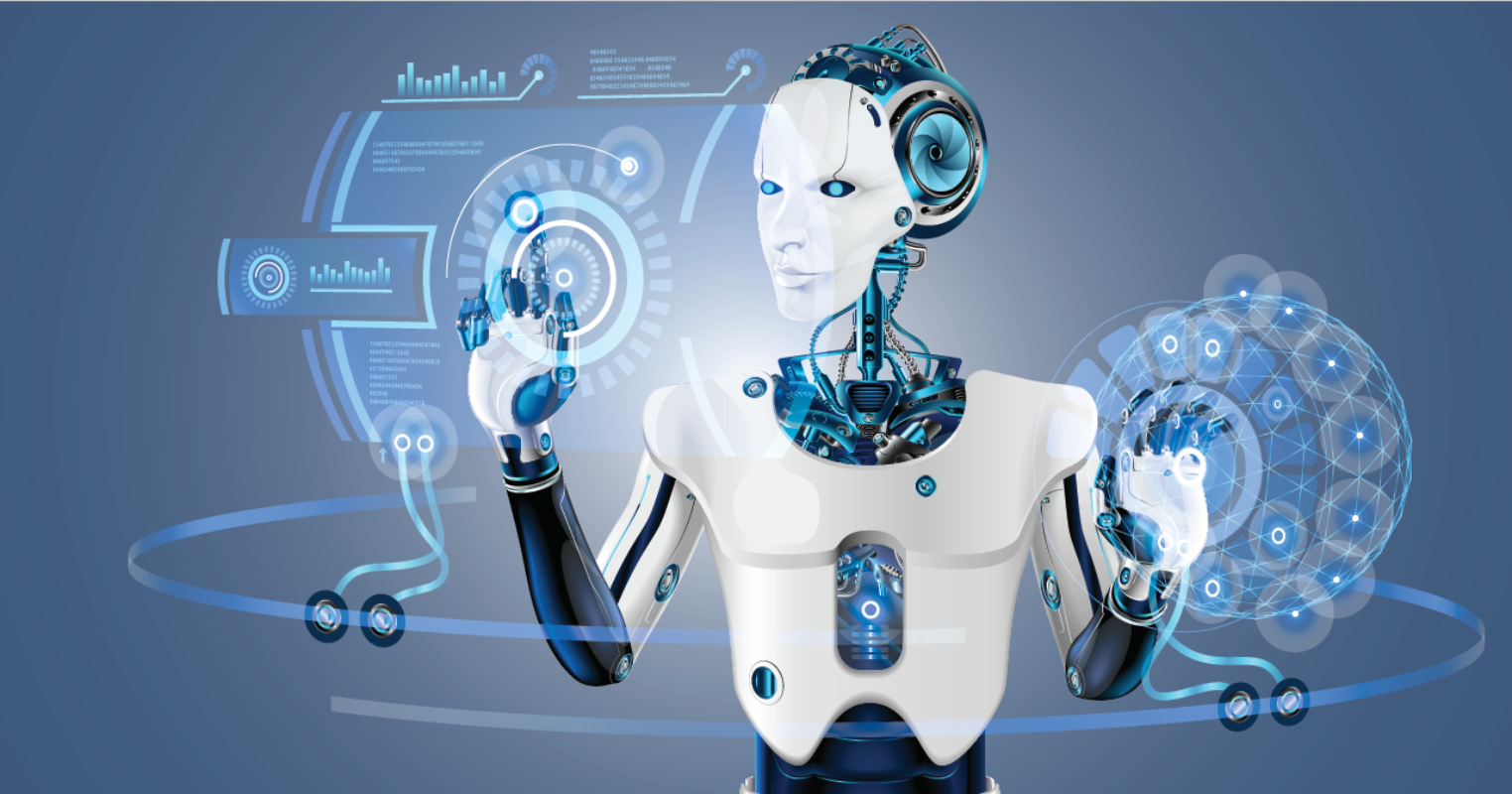New year – new trends. 2021 demanded a lot from us and taught us that the ability to adapt quickly had become one of the essential virtues in private life and business. Offices were swiftly moved to their own four walls, analog events took place digitally from one day to the next, and remote work became the norm.
The corona pandemic has accelerated technological development at an enormous speed and focused on essential technologies. For example, the Zoom video conference service alone recently recorded several hundred million video conference participants per day. In December 2019, on the other hand, there were only around 10 million participants in the entire month.

Zoom
What are technology trends coming next?
Now we rightly ask ourselves which visionary ideas and technologies are already in the starting blocks to conquer our “new” everyday work and our increasingly digitalized private life. Leading figures from Forbes Magazine, the financial services company Cowen and the management consultancy Deloitte have made current trend forecasts.
We are bundling 5 of the tech trends for 2021 from the analyzes for you here.
Trend 1: Digital Health & Wearable Technology

Digital Health & Wearable Technology
Healthcare is usually more of a sector that adapts more slowly to new realities and trends. Even new technologies often only find harmony here later than in related industries. Even if some developments towards the digital health system started before the pandemic, Covid-19 is currently acting as a booster for digitizing the health system. It makes the option of adapting new technologies a necessity.
For example, the WHO recently gave an outlook on the developments necessary in the industry over the next five years. With the appeal to significantly accelerate the growth and introduction of affordable and scalable digital health solutions. The focus is on technologies such as telemedicine, artificial intelligence, robotics, and big data analytics. It can also observe that health care is becoming more and more personalized.
From quick home delivery of prescription drugs to wearable electronics like a smartwatch that can monitor a range of vital signs, healthcare is becoming more and more a consumer-centric business that patients and consumers are well-accepted. According to a Gartner report, consumer spending on wearables will double in 2021.
Trend 2: Edge Computing

Edge Computing
Cloud computing was yesterday. The new wave of modernization in storage and network infrastructure is called Edge Computing. The process of data processing is decentralized and brought to the place where the respective data is generated. The technology is viewed with the same skepticism as cloud computing was initially. Investors were initially reluctant to invest in the technology. Still, the numbers speak for themselves: Today, cloud computing makes up 40% of the server market, and edge computing is also gaining increasing acceptance. According to the opinions of leading experts: Edge computing is becoming an indispensable technology in the IoT of the future.
The drivers for this development are various factors. Above all, however, the increasing amount of data in the IoT leads to the pressure to place new technologies that process data even faster and more precisely. Edge computing can do that. The market value rises as the volume of data increases, and – the experts agree – it will increase exponentially in the coming years. In 2025, the amount of new data should already be over 163 Zettabytes.
In addition to the enormous increase in data, the relevance of real-time data is also growing. The combination of quantity and speed requires an innovative technology that can withstand these requirements. Edge computing will become increasingly important in 2021 to ensure the maximum benefit of the IoT, as the technology enables the continuous processing and selection of large amounts of data in real-time.
Trend 3: Supply chain optimization

Supply chain optimization
The corona pandemic and the associated rush for food and supplies have shown us that the world is becoming increasingly dependent on connectivity and global supply chains. In a survey by Procurious of supply chain experts: 97% of respondents said their organizations are going through COVID-19-related optimizations. In the same study, 73% of respondents said their companies will now realize significant supply chain management and procurement changes.
Industry experts predict that manufacturers and retailers will drastically optimize their supply chain ecosystems in the next 18 to 24 months, focusing on the areas of resilience and risk. In addition, the supply chain will change from a pure back-office cost center to a value-adding process. The trend is set to pick up speed in the coming months, calling for a number of new technologies and disruptions in the segment.
To this end, many companies will increasingly begin to collect data and evaluate it in a targeted manner in order to optimize their entire delivery ecosystem. Another way to speed up the process is to use robots, drones, and other technologies that make the supply chain more effective and safer.
The list of promising tools and techniques in this area is likely to grow further in 2021 as many companies continuously work to optimize their supply chains and transform them from a pure cost center to a full value driver. Digital tools and new technologies that seemed irrelevant to the field just a few years ago are now crucial. Disruptions in supply chain technology are on the rise.
Trend 4: Robotics & Automation

Robotics & Automation
The corona pandemic is accelerating the digital transformation so fast it was before. This also has a big impact on the introduction of new technologies such as robotics & automation. Experts predict a rapidly increasing demand in this area.
The adoption of supply chain and warehouse automation will increase. As automation technologies in this area can increase production while reducing costs. The use of autonomous robots can, for example, add value by reducing direct and indirect operating costs and thereby increasing sales potential. In addition, the use of automated robots can reduce labor costs and increase productivity by working around the clock.
Tools and automation processes in manufacturing will expand to other areas of the economy that are also going through a digital transformation. New fields of application for robotic technologies are constantly emerging, for example, in agriculture, retail, or healthcare.
Trend 5: MLOps – Industrialized AI

MLOPs
Machine learning is increasingly becoming a driver of modern business performance. In this context, Forrester Research reports that globally, more than half of the companies working with data and analysis technology have already implemented some form of AI or are currently in the implementation phase.
In a survey of almost 750 managers, however, it turned out that many companies are investing a lot of time in implementing AI technology; before a newly developed ML model can actually be used in production. The long implementation process is an obstacle.
Machine learning operations – or MLOps for short – offer a remedy. The technology makes it possible to create structured processes for the development and operation of ML solutions. MLOps aims to unify the machine learning release cycle and software application release. The agile and resource-efficient process approach supports the technical integration of ML solutions. The emerging technology is gaining momentum among data scientists, ML engineers, and AI enthusiasts.
Visit our sister sites:























Comments